
TOP 10 Sustainable Packaging Options
This guide explores the top 10 sustainable packaging solutions, delving into their pros, cons, and best use cases to help you make informed decisions.
B&P Wholesale | June 17 2024Are you a catering business looking for the best sustainable packaging options? You’re in the right place!
Choosing the right packaging is crucial for food service businesses aiming to reduce their environmental impact. With a wide variety of materials and options available, understanding the benefits and drawbacks of each choice is essential.
This guide explores the top 10 sustainable packaging solutions, delving into their pros, cons, and best use cases to help you make informed decisions.
1. Recyclable Containers
Recyclable containers, primarily made from polypropylene (PP) and polyethylene terephthalate (PET), offer a cost-effective and widely available solution.
Polypropylene (PP) Containers
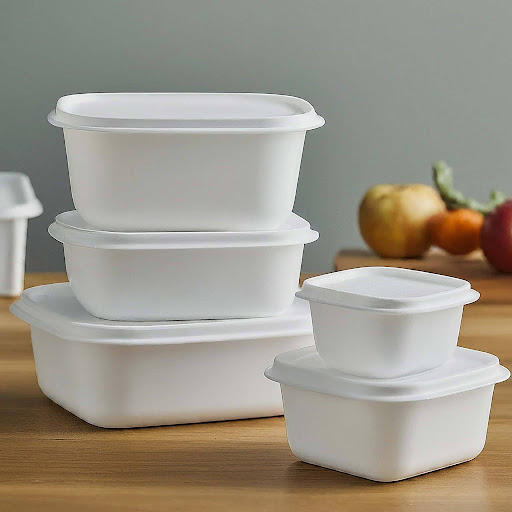
Known for its durability and lightweight nature, PP is increasingly accepted in curbside recycling programs. It's suitable for a variety of food containers, including takeout boxes and deli containers. However, regional recycling capabilities vary, so check your local guidelines.
Polyethylene Terephthalate (PET) Containers
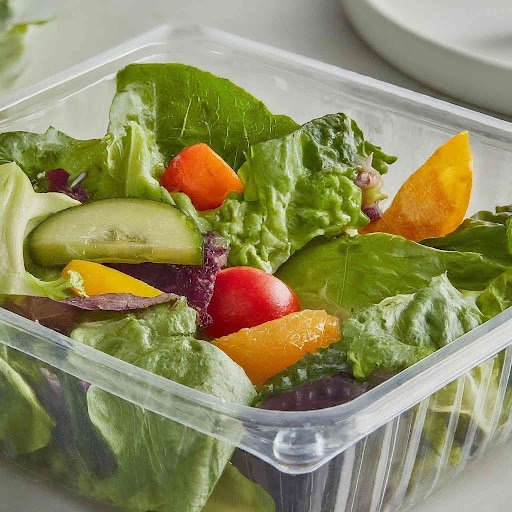
PET is the most widely recycled plastic and is ideal for clear cups and containers. It's lightweight and offers good clarity but has low heat tolerance, making it unsuitable for hot foods.
- Pros: Affordable, readily available, and often recyclable.
- Cons: Not always perceived as eco-friendly by consumers, and recycling requires clean containers.
2. Aluminum Containers
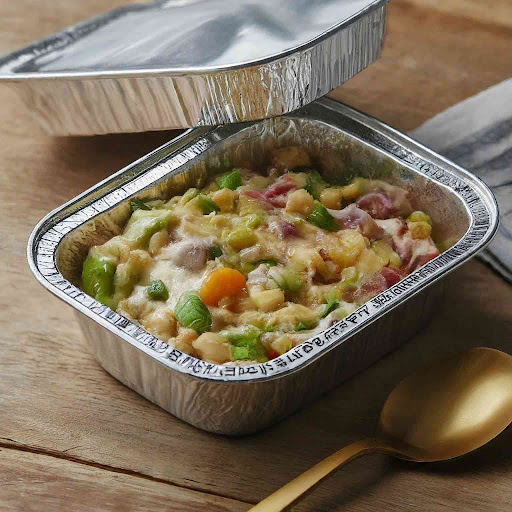
Aluminum is a versatile and widely recycled material with excellent heat tolerance, making it suitable for both oven and freezer use. It's also effective at containing grease and liquids.
- Pros: Affordable, durable, oven- and freezer-safe, and widely recyclable.
- Cons: Not as common for to-go containers as other materials.
3. Low-Cost Compostable Food Containers
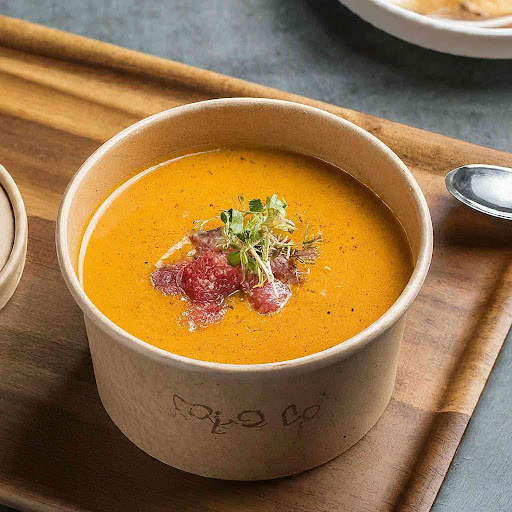
Compostable containers offer an environmentally friendly alternative to traditional plastics, with options ranging from budget-friendly to higher-end.
- Paper Bags: The most economical compostable option, paper bags are best suited for dry foods due to their limited moisture resistance. They're a good choice for sandwiches, pastries, and snacks.
- Bagasse: Made from sugarcane byproducts, bagasse is a more durable compostable material used for various containers, including plates, bowls, and clamshells. However, not all facilities accept bagasse, and some may contain PFAS chemicals.
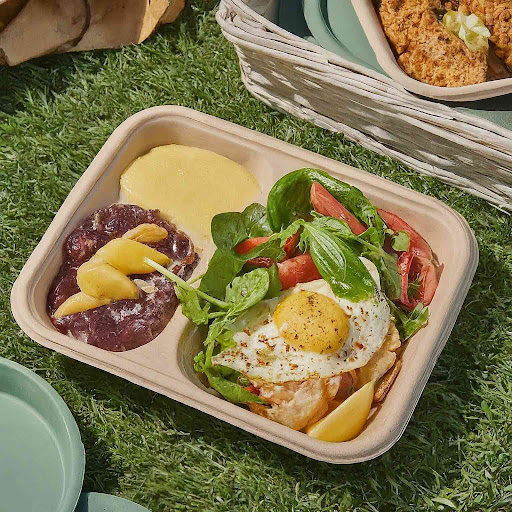
Pros: Paper bags are affordable, and bagasse is more durable.
Cons: Paper bags aren't moisture-resistant, and not all facilities accept bagasse.
4. PLA-Coated Paper & Clear PLA Containers
Polylactic Acid (PLA) is a bioplastic derived from renewable resources like corn starch. It's used to coat paper products, preventing sogginess, and to create clear, durable containers.
Pros: Made from renewable resources, visually appealing, compostable in commercial facilities.
Cons: Requires commercial composting, not recyclable, more expensive than traditional plastics.
5. Eco-Friendly Coffee Cups
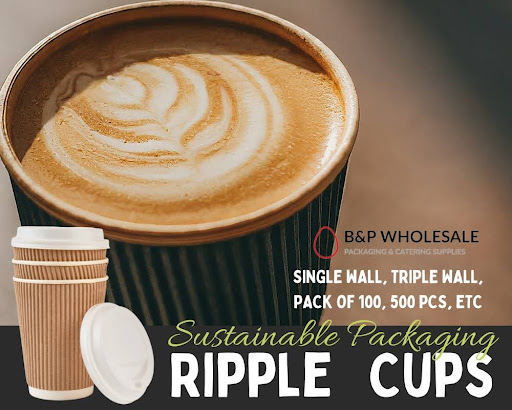
Coffee cups are a major source of waste, but sustainable alternatives are available for coffee shops and cafes.
- Recyclable Double or Triple Wall Cups: These cups offer insulation without the need for sleeves, making them a convenient and recyclable option.
- Bamboo Fiber Cups: Made from rapidly renewable bamboo, these cups are biodegradable and compostable.
- Bagasse Paper Cups: Derived from sugarcane, these cups are renewable, biodegradable, and compostable.
- Pros: Various eco-friendly options are available.
- Cons: PLA-lined cups may require commercial composting, and customers need to dispose of them properly.
6. Molded Fiber Containers
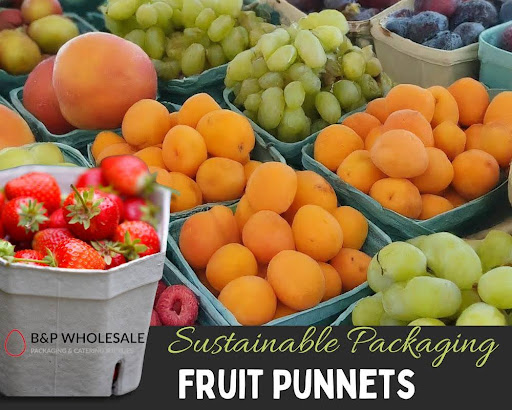
Molded fiber, made from recycled paperboard or natural fibers like bamboo and sugarcane, is a sturdy and compostable alternative for takeout containers, bowls, and plates.
- Pros: Compostable, made from recycled or renewable materials.
- Cons: Not suitable for very liquid or greasy foods.
7. Biodegradable Cutlery
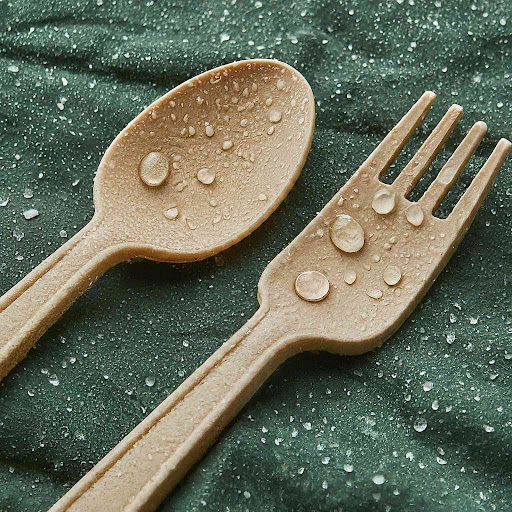
Instead of traditional plastic utensils, consider biodegradable options made from materials like wood or CPLA (a compostable form of PLA).
- Pros: Compostable and made from renewable resources.
- Cons: Can be more expensive than plastic utensils.
8. Reusable Containers
Reusable containers are the most sustainable option, but they require a system for customers to return and clean them. This can be implemented through deposit programs or partnerships with third-party reusable container services.
- Pros: Significantly reduces waste, promotes a circular economy.
- Cons: Requires customer participation and operational management.
9. Edible Packaging
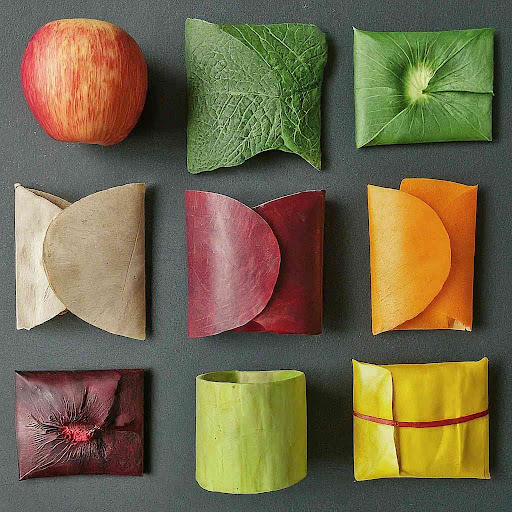
While still an emerging trend, edible packaging made from materials like seaweed, rice paper, or even flavored films offers a unique and potentially zero-waste solution.
- Pros: Innovative, zero-waste potential.
- Cons: Limited applications and higher cost.
10. Other Plant-Based Packaging
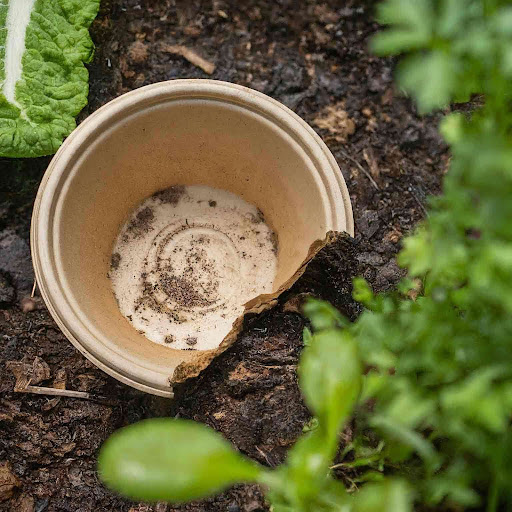
New sustainable packaging materials are constantly being developed. Some promising options include:
- Mushroom Packaging: Made from mycelium, the root structure of mushrooms, this material is compostable and can be molded into various shapes.
- Seaweed Packaging: Seaweed-based packaging is biodegradable and can even be edible.
- Palm Leaf Plates and Bowls: These are made from fallen palm leaves and are compostable.
Choosing the Right Packaging for Your Business
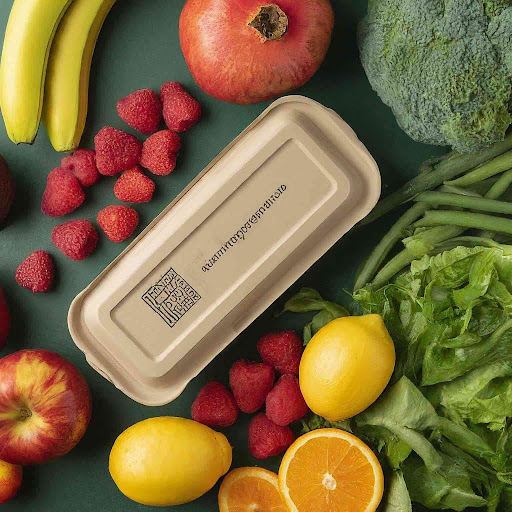
Consider these factors when selecting sustainable packaging:
- Functionality: Does the packaging need to be heat-resistant, microwaveable, or leak-proof?
- Local Waste Infrastructure: What recycling and composting facilities are available in your area?
- Customer Preferences: What kind of packaging do your customers expect?
- Cost: Sustainable options can vary in price, so factor in your budget.
Key Takeaways:
Compostable packaging is an excellent choice if you have access to commercial composting facilities.
- Recyclable options are widely available and can be a good starting point for businesses.
- Reusable containers are the most sustainable option, but they require careful planning and customer engagement.
- Innovative materials like mushroom packaging and seaweed packaging offer promising alternatives.
By understanding the various sustainable packaging options available, you can make informed decisions that align with your business goals and environmental values.